The incredible phenomenon of these luminescent squids
Luciole squid is a bioluminescent squid with a size not exceeding 8 centimetres. The squid is equipped with organs producing special light beams called photophores which emit a dark blue light. The most important photophors are on the tip of the tentacles and the eye contour. Thousands of small photophores are also found everywhere on the body of the squid, the light taking the form of the cephalopod. In the Toyama Bay at the edge of the Sea Japan , the squids grow in abundance and the night is fantastic. Usually living 365 metres under water, waves in Toyama Bay grow squid on the surface where they are fished by tons March to June .
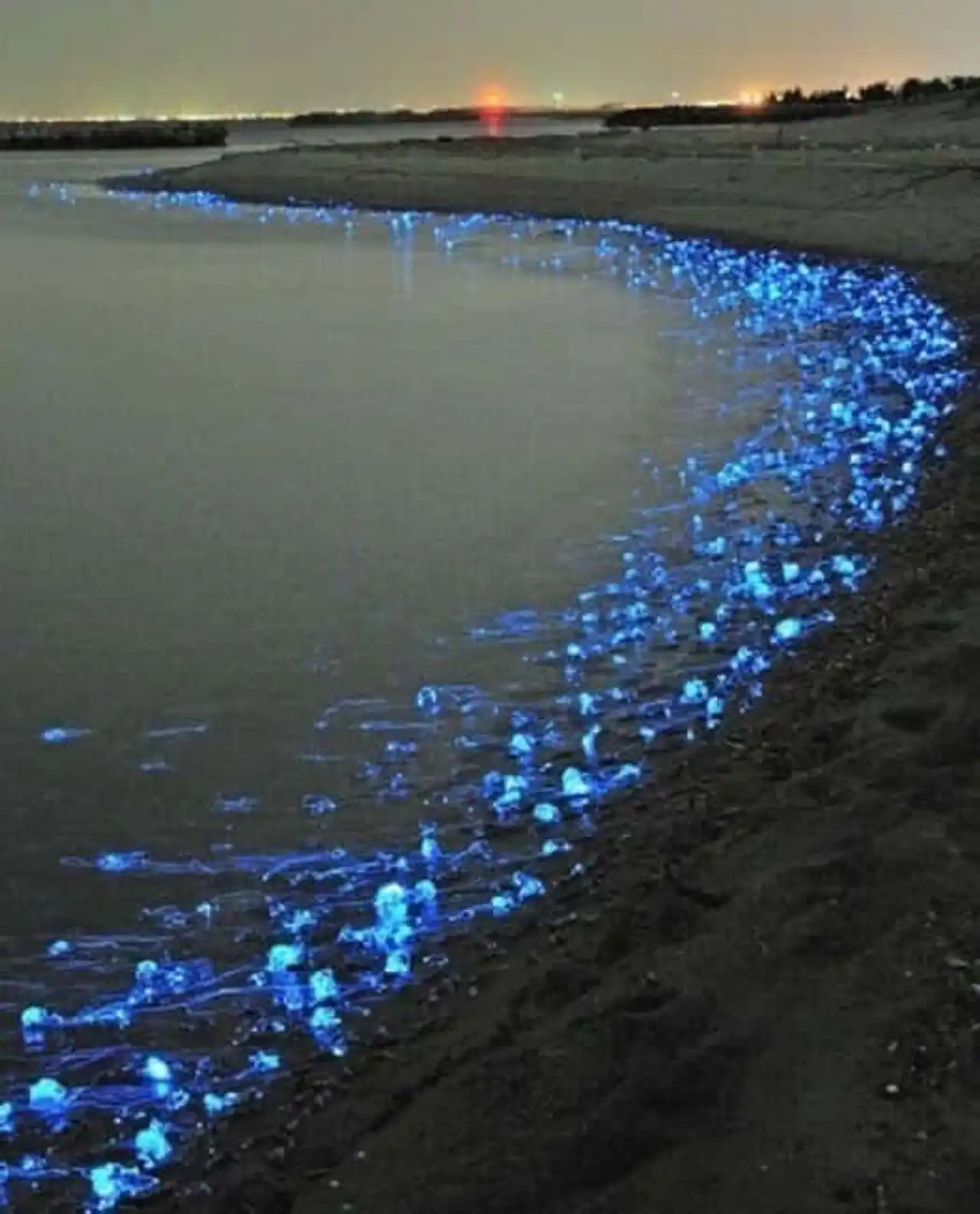
frai season (reproduction period) of the "luciole squid" takes place at the same time. Millions of squids come together to fertilize and abandon their eggs in Toyama Bay. The huge gathering of these squids is a big light show that you can admire and attract thousands of tourists. This event is very important for other marine creatures as well as for seabirds that swept away from lubricated squid corpses. They are also considered a food in Japan.
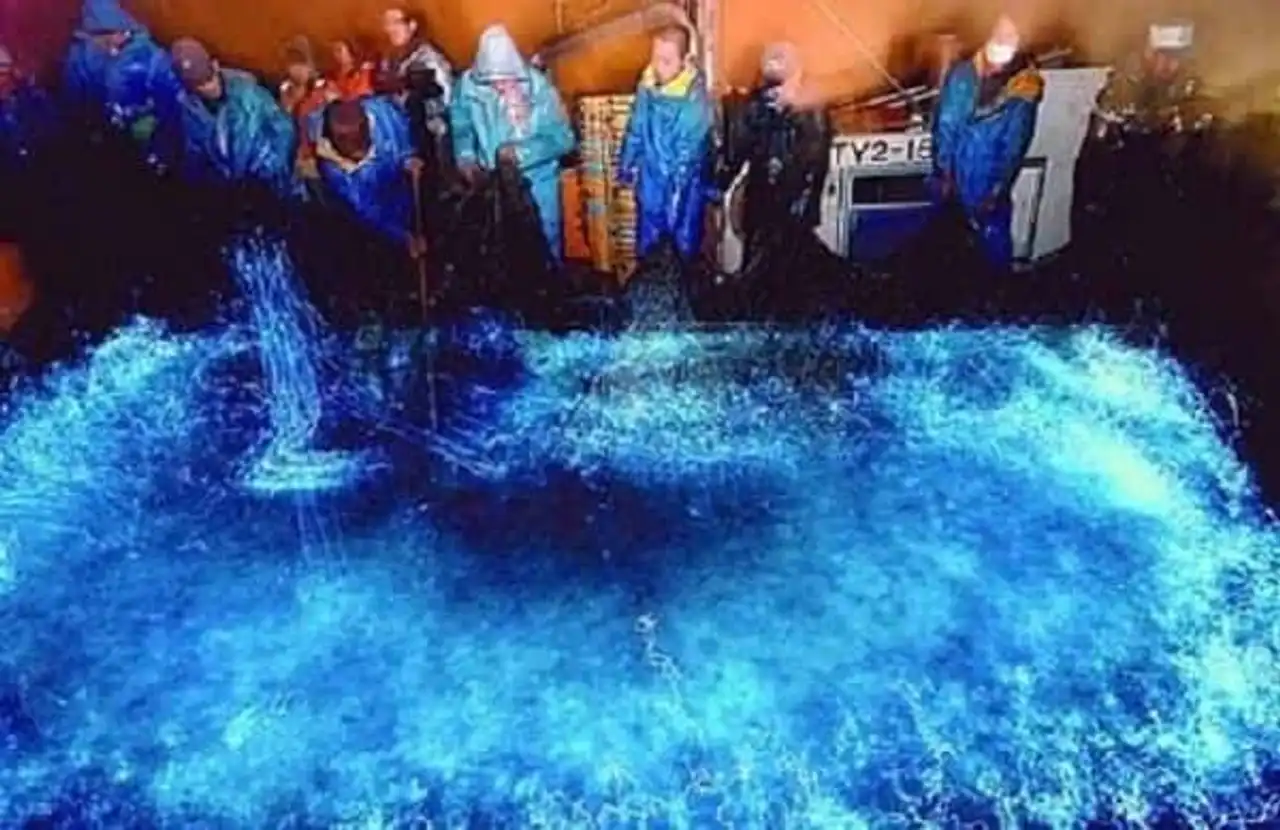
Early in the morning, shortly after three hours, tourist boats leave from Namerikawa fishing port (This town of Toyama Prefecture also houses the only museum in the world dedicated to lime squid). They travel 1 to 2 km offshore to reach the nets installed for the occasion. And while the "butin" in the nets emits a bright and fluorescent light comparable to the cobalt blue , tourists can usually not retain their cry of joy.
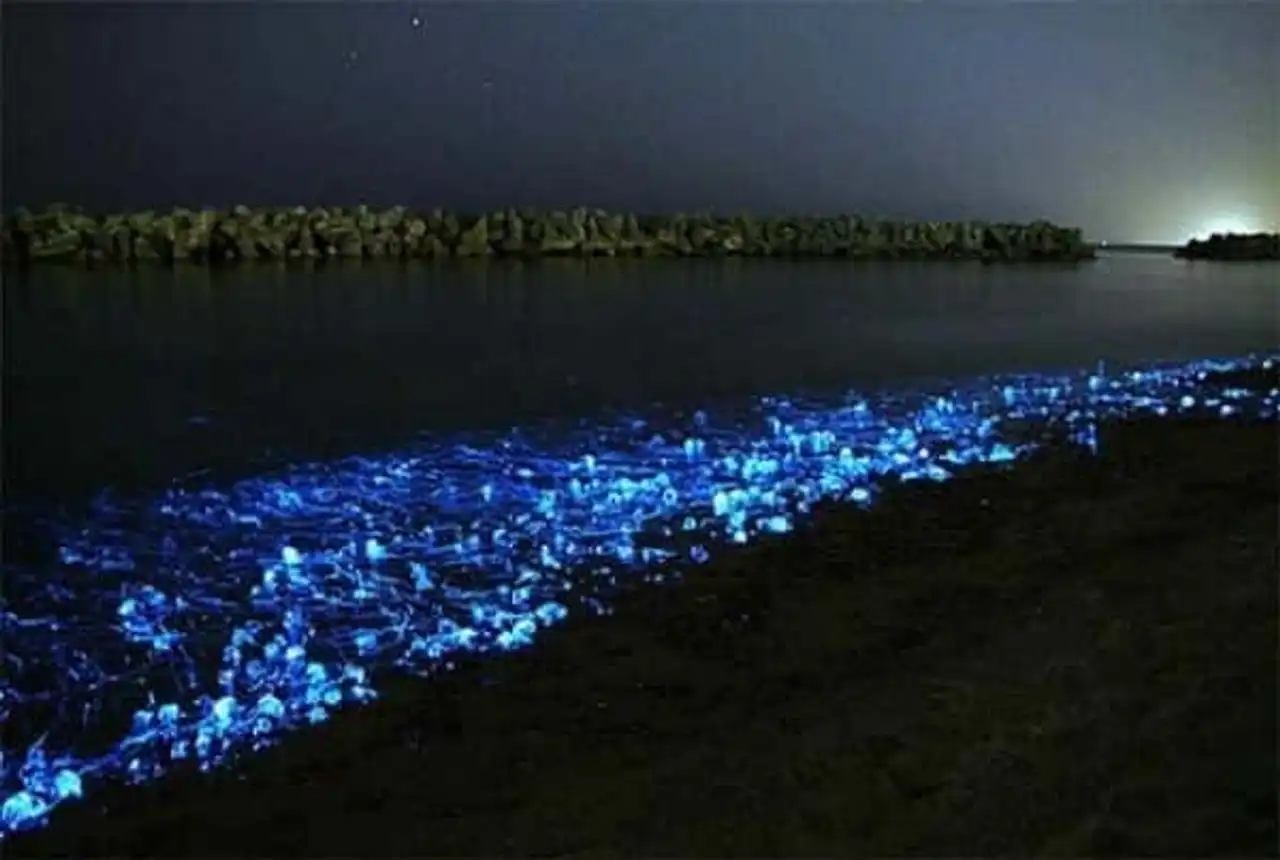
The lights of these millions of squids can flash at the same time or alternately. These effects of lights can serve many things. They can be used to communicate between squids or potential rivals. They can also be used to conceal their form of squid and unpack the predators allowing them to escape. On the other hand, squids may also use their blue lights for attracting prey . By blinking their halo, they attract small fish, then jump on them with their powerful tentacles.
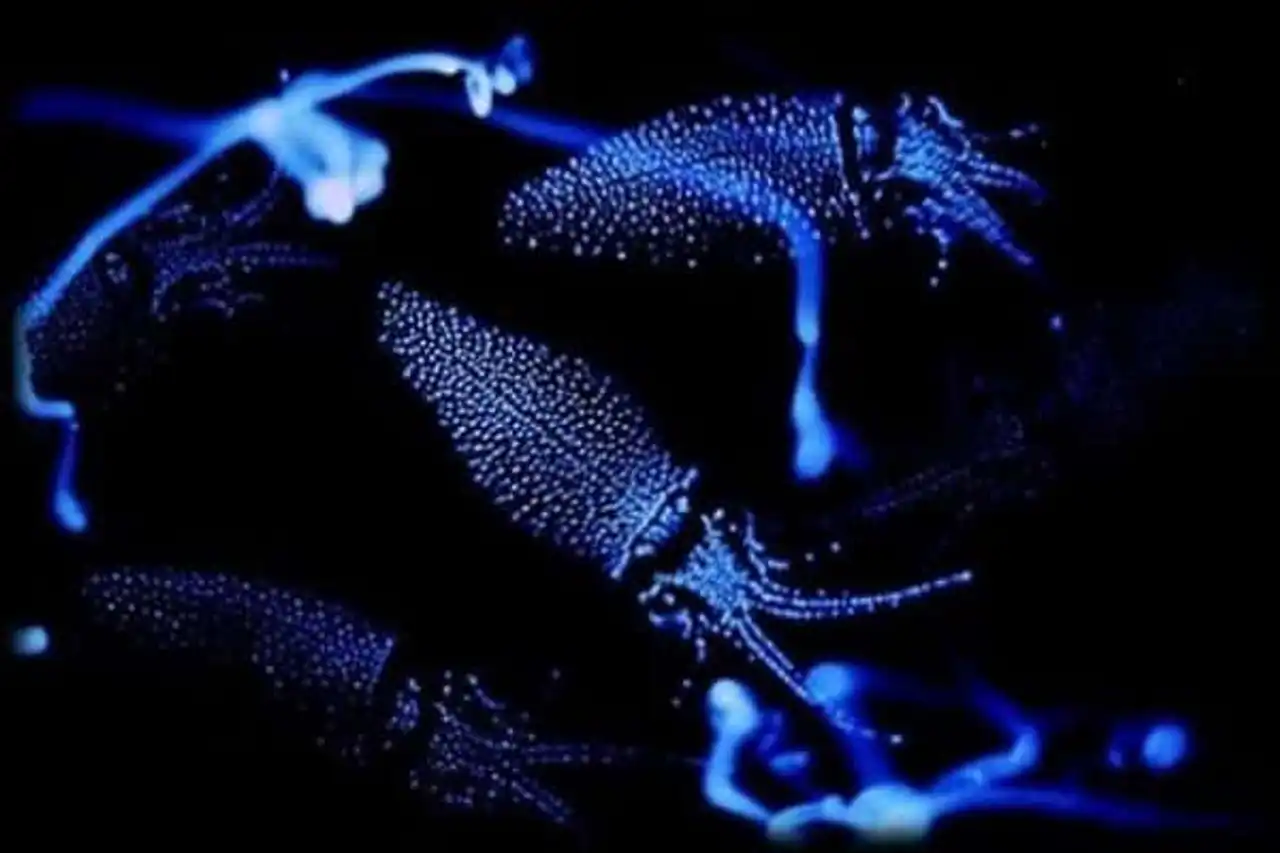
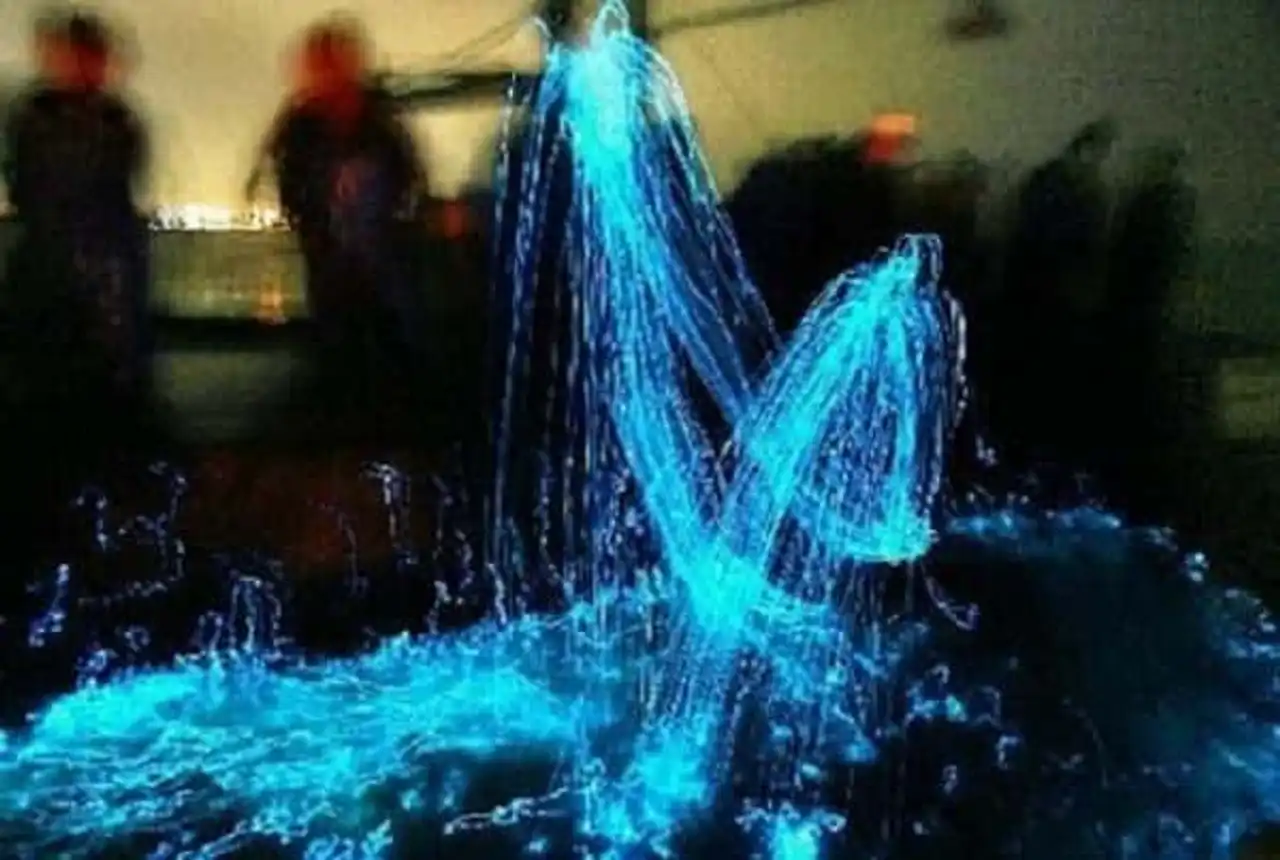
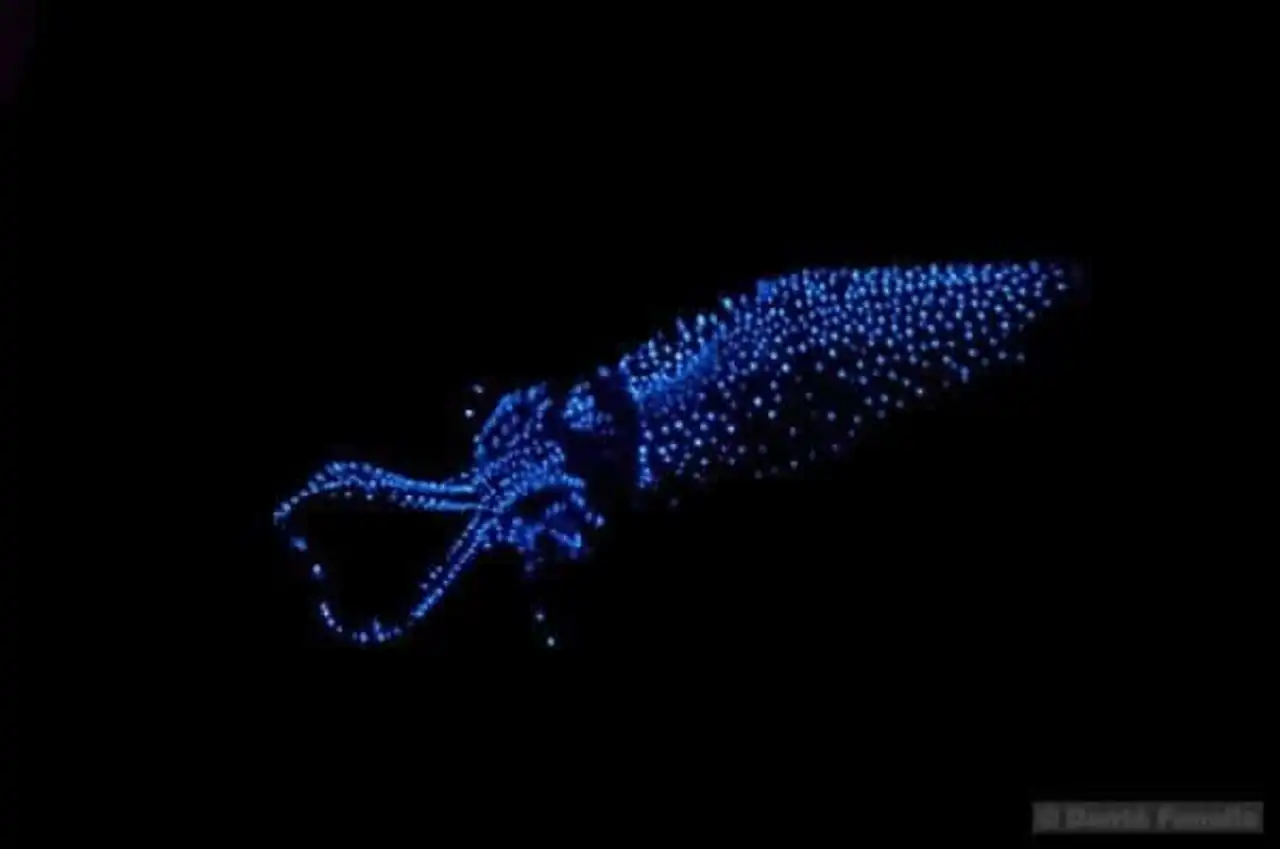
Do you find these scary or beautiful calamars?
Source: Tendence
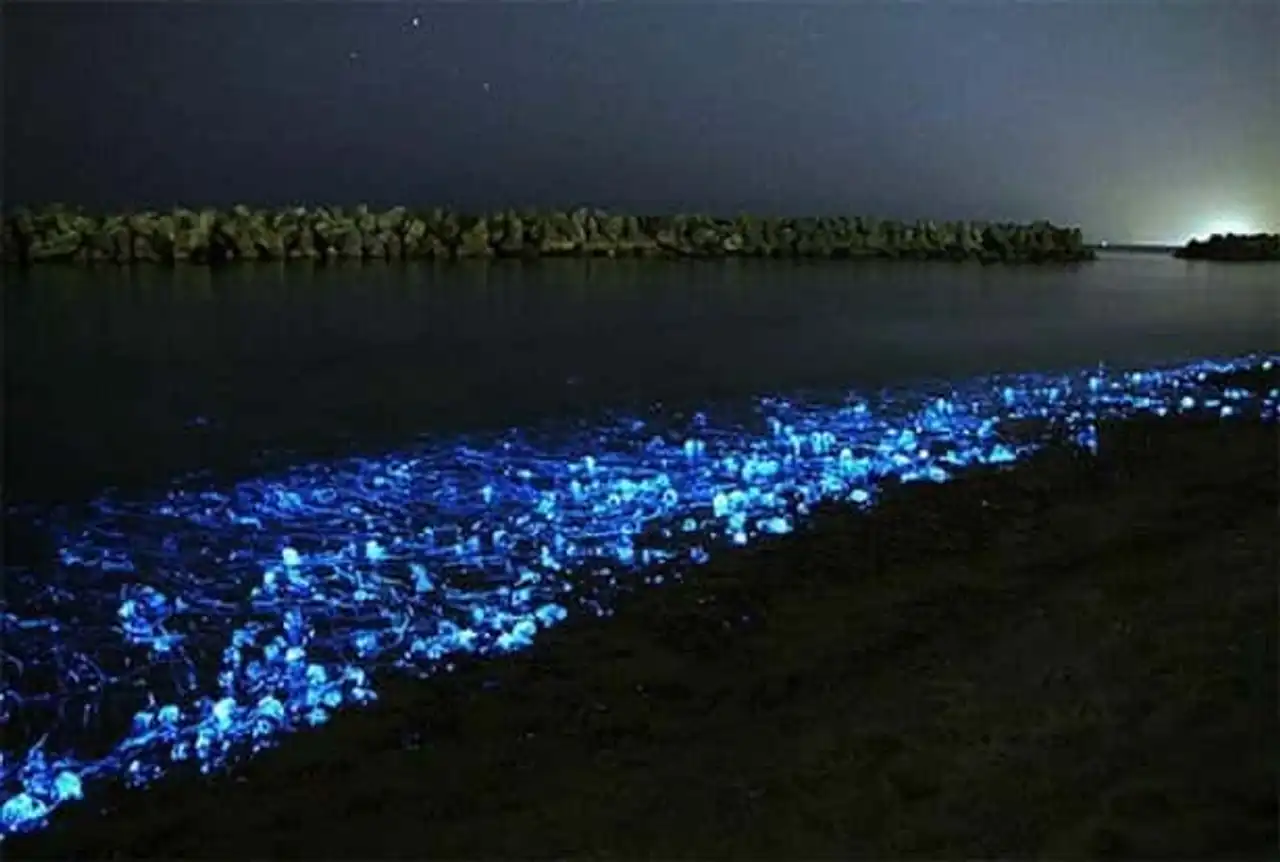







Loading comments ...